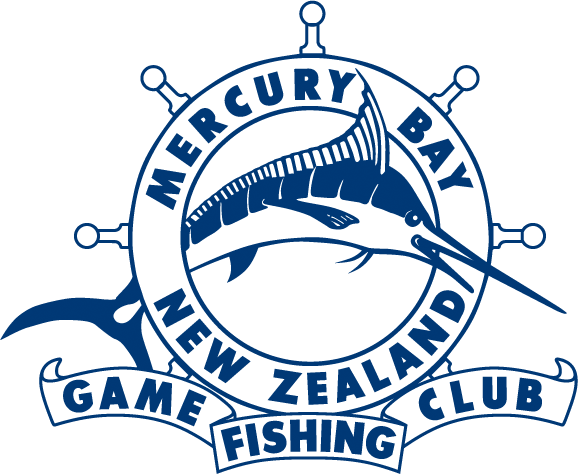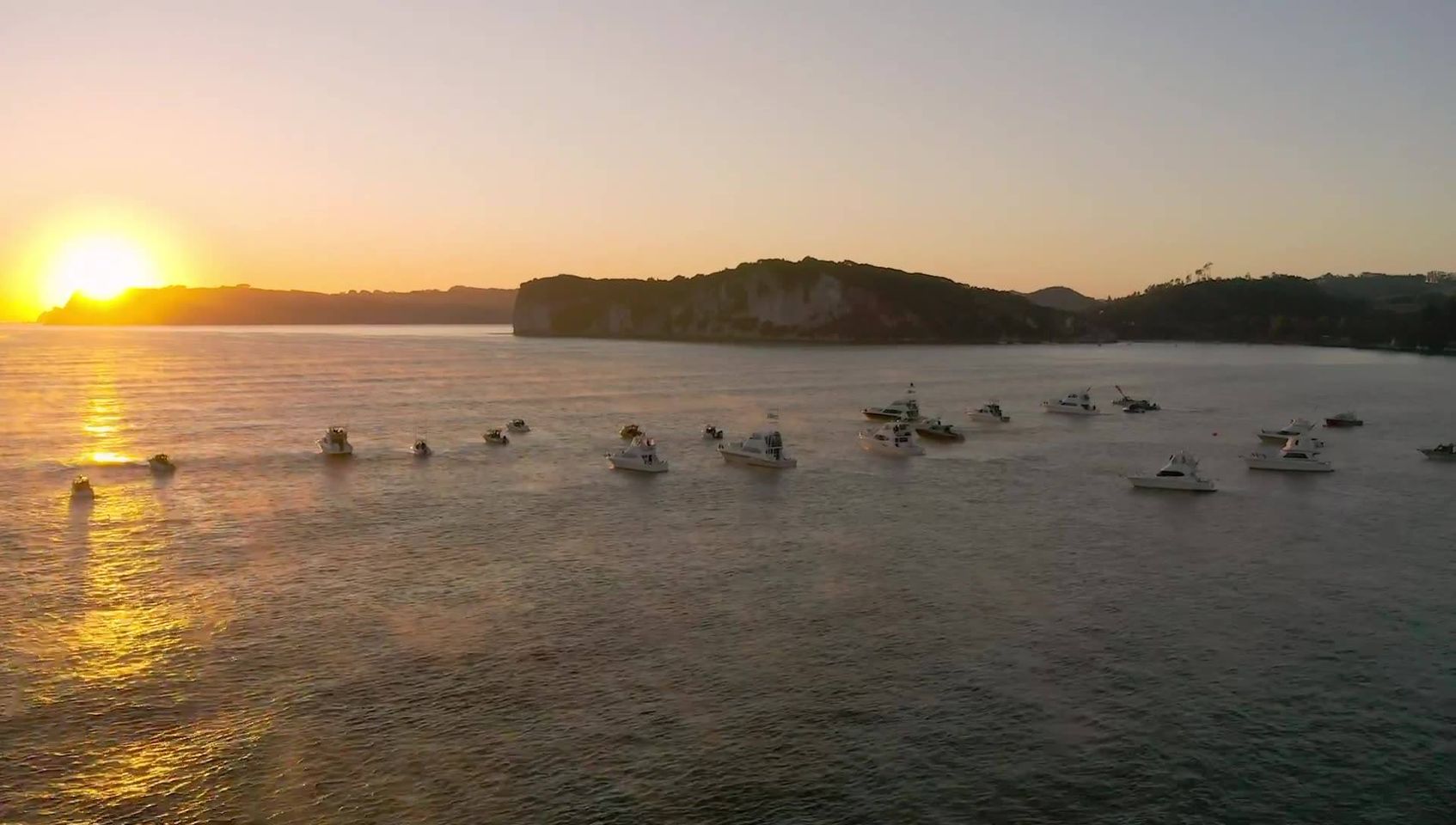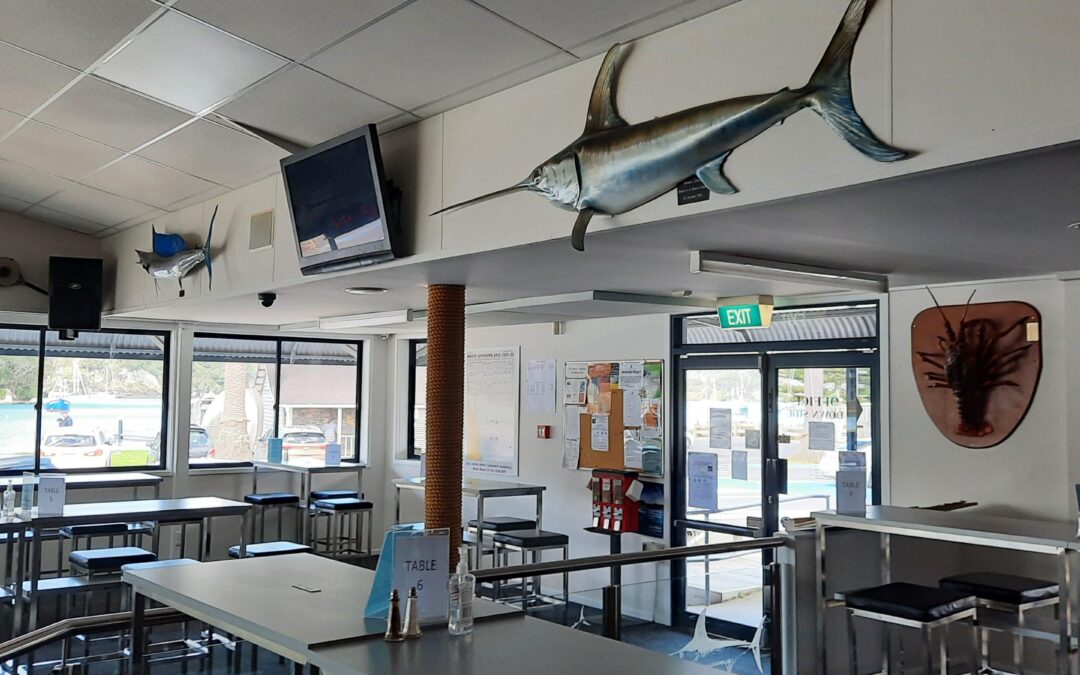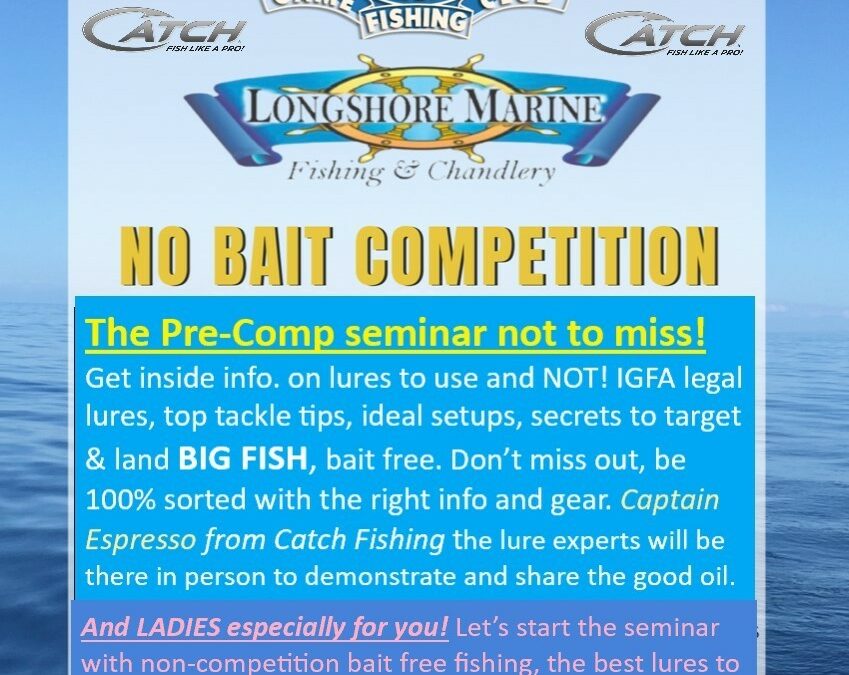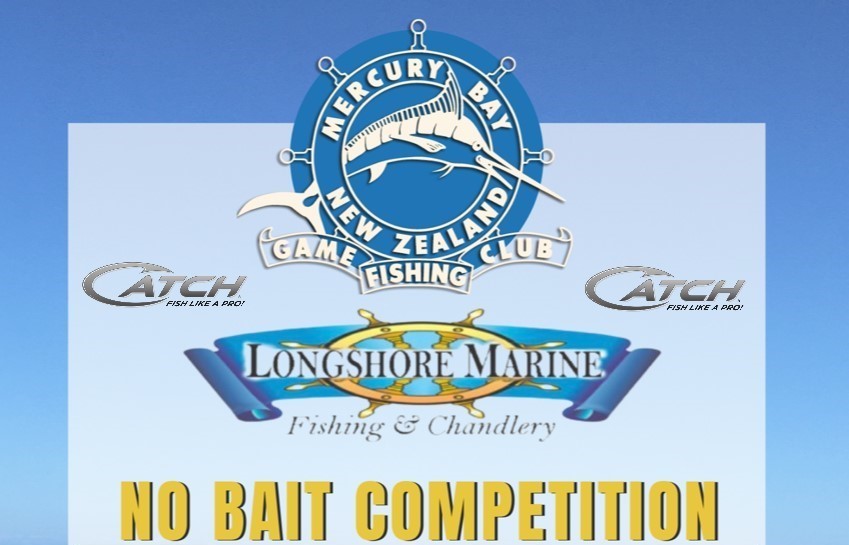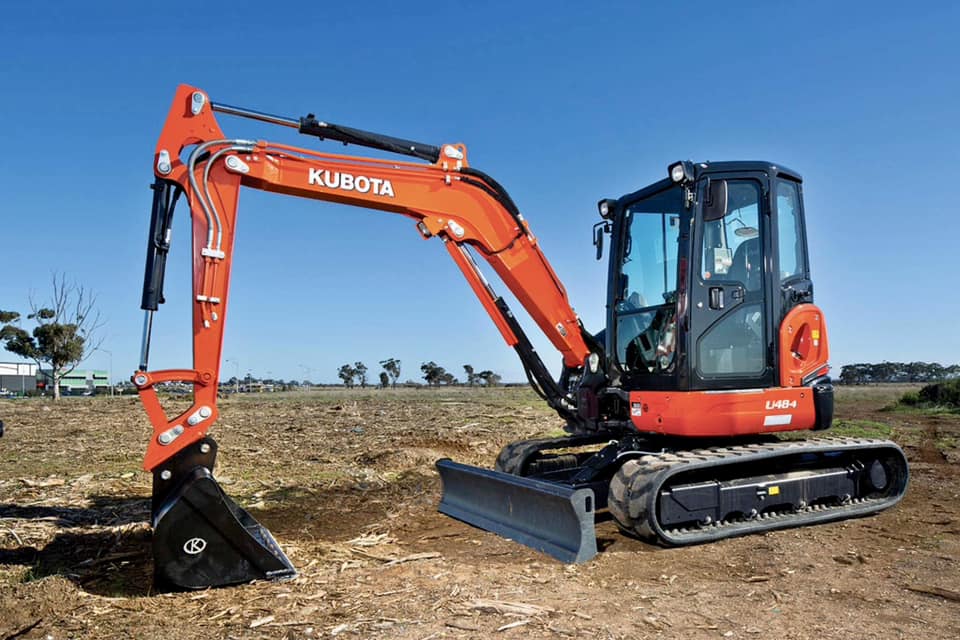25/10/22
Department of Conservation
Dear Sir/Madam
This feedback on Revitalising the Gulf Document (RtG document) is provided on behalf of members of the Mercury Bay Game Fishing Club.
Mercury Bay Game Fishing Club was formed in 1947. We have over 3000 members and employ 14 staff. Our clubrooms are located in Whitianga opposite the main wharf.
One of the objects per our constitution is the protection of fish and their food supply.
We have a good understanding at our club of the Sea Change Tai Timu Tai Pari process, the volume of work involved, the issues faced in the Hauraki Gulf and the importance of getting it right, particularly as our club manager was one of the 14 people on the initial Stakeholders Working Group for over 18 months until illness forced his replacement.
We recognise the need for cooperation and collaboration by groups with different interests and goals, in order to provide for good outcomes for the Hauraki Gulf.
We are opposed to the proposed expansion of Te Whanganui-O-Hei (Cathedral Cove) Marine Reserve. The existing marine reserve is serving its purpose well with ample opportunity for existing (and even increased) tourism business, and education opportunities, as well as the ability for the public at large to access the area freely without needing more space.
There is no evidence to suggest that the adjacent reef system (in the proposed expansion) is in any way deteriorating or expected to deteriorate. There is ample anecdotal evidence of a significant increase in populations of snapper and crayfish in this area in recent years without it being included in the marine reserve.
We submit that moving current fishing effort (whether recreational, commercial or customary) from this area is likely to put more, undue pressure on the immediate surrounding area with very little, or no, benefit to the area in the proposed expansion which by all accounts is already increasing in biodiversity.
We are opposed to the proposal in the RtG document to continue to allow dredging for scallops within the Hauraki Gulf. The area in which scallops settle and live constitutes biogenic habitat which is rare – something to be cherished and looked after, particularly in the Hauraki Gulf as it is well documented that many species’ juveniles require, or prefer, biogenic habitat to live in, at some stage during their life cycle.
Sponges, horse mussels and other marine life also settle in the same areas as scallops, and the dredging of these areas is extremely detrimental for several reasons. Firstly, the physical destruction of the biogenic
habitat which literally destroys the area in which many species’ juveniles are trying to survive. Secondly, the indiscriminate nature of the collection of scallops and damage to the shellfish themselves with no means to establish quality (size, meat weight) until they are brought to the surface to be re-distributed if not up to commercial harvest standard. Thirdly, the re-suspension of sediment which places more pressure on any remaining marine life for days at a time and sometimes longer.
We submit that we shouldn’t even have to argue that dredging should not take place in areas where any juveniles are trying to survive (biogenic habitat) – it should be taken as a given.
We are opposed to the proposal in the RtG document, to continue to allow bottom contact trawling, whether in corridors or any other part of the Gulf. This extremely destructive, archaic method of fishing has no place in the Hauraki Gulf Marine Park and any agency that has been tasked with reviving the Gulf, restoring mauri and waiora, would know that towing large, heavy objects across the seafloor is not conducive to this intent.
Apart from the obvious destruction this causes to marine species that are unable to get out of the way, it is somewhat indiscriminate, causes re-suspension of sediment (sediment is one of the major stressors in the Hauraki Gulf) and results in low quality of catch (as opposed to line caught fish).
We are opposed to the bulk harvest of forage fish/ bait fish (typically by purse seiners) for two reasons: Firstly, these seiners are pretty good at what they do and there is the very real risk that individual species are already under pressure. We note in the RtG document, on page 31, a reference to the pilchard fishery and the statement that “pilchard removals have declined over the past 10 years”. This is because they are no longer to be found in commercial quantities – shocking! Secondly, and perhaps more importantly (although not to the pilchards), because of the extremely important role these forage fish play in the ecosystem.
They are an important part in the food chain in their own right and/or in many instances they chase their own prey to the surface for seabirds to feed on. The removal of huge quantities of forage fish in a small area in a small space of time by purse seining can, and does, have a catastrophic effect on other species relying on those fish to be able to perform their ecosystem function (either as food or to bring food to the surface). This is likely having a significant negative impact on fish and sea mammals and almost certainly having a significant negative impact on seabird populations.
We also note on page 31 of the RtG document that “Research is underway on the role of low- and mid-trophic level fish species in the Gulf ecosystem. The results of this will let us re-evaluate the total allowable catch from an ecosystem-based perspective”.
We strongly request that we be given timely access to the results of this research, whether or not any re-evaluation work is performed and if re-evaluation work is performed, detailed analysis of that re-evaluation.
We note on the Revitalising the Gulf Information Document that accompanied the RtG document, page 8 addresses the “impact on the commercial and recreational fishing sectors”. We are concerned that economic impacts are not measured at all for recreational fishing and yet it is clear that there will be a negative impact.
Many businesses are directly reliant on recreational fishing at current levels or higher. The abundance of small holiday townships down the east coast of the Coromandel Peninsular and the importance of recreational fishing to these towns means the flow on from this negative economic impact will be felt throughout whole communities.
The commercial fishing impact analysis provided, is focused on the price of fish and expected reduction in take. The fishing industry (which overlaps in some of these smaller communities with recreational fishing suppliers) is so much more than the price of fish and any differential in catch. The economic analysis provided is extremely basic at best, and badly misrepresents the negative economic impact of reducing fishing effort.
The RtG document proposes the formation of 12 High Protection Areas (HPA’s) in the Hauraki Gulf, two of which are on, or adjacent to, the Aldermen Islands (Ruamaahua). These areas are referenced 9a and 9b. We are opposed to the proposal to categorise these areas as HPA’s and believe other, more appropriate options are available that will achieve all the stated objectives.
We are extremely eager to be able to fish in areas 9a and 9b, specifically on or near the surface for high value, highly migratory fish, including striped marlin, blue marlin, black marlin and tuna species, using towed lures or baits at no more than two metres depth.
As mentioned, the fish being targeted are highly migratory and not at all territorial so there is absolutely no danger of ‘fishing an area out’. These fish are also high enough up the food chain that very few marine species are reliant on them as a food source. We believe that using this fishing method for these fish will have virtually no negative impact on the biodiversity, mauri or waiora of areas 9a and 9b. There is no contact with the seafloor by fishing equipment, anchor or any other means. Taking a few of these fish has minimal to no impact on the ecosystem in that area other than they may have eaten some of the fish already there if they had not been caught.
There is no justifiable reason to remove this type of fishing in either of these two areas. The two areas cover 288 square kilometres which is a large area and enforcing a ban on this type of fishing would be costly, difficult to execute (certainly very impractical), and achieve absolutely nothing to improve the mauri, waiora, biodiversity or any other enhancement of this marine environment.
The following excerpt can be found on page 33 of the RtG document:
“To ensure local sports fish opportunities are available for the recreational sector, we will explore the Sea Change Plan’s Special Management Area (SMA) tool. This proposes designated areas for the carefully managed and targeted sport fishing of several high-value sport fish species under a ‘small harvest, high value’ regime”.
We agree and assert that areas 9a and 9b would be entirely appropriate areas to engage this tool as proposed by the Sea Change Plan.
Unfortunately, and specifically against the wishes of the Sea Change Tai Timu Tai Pari Stakeholder Working Group, the Ministerial Advisory Committee (M.A.C.) chose to ‘cherry pick’ items from the final Sea Change Plan. Some of these are analysed on pages 64 and 65 of the RtG document and in particular, the following statement is made:
“We will not progress any marine protection areas that base their design on the Special Management Area tool proposed in the Sea Change Plan because it focuses on the management of use”.
We oppose the decision by the M.A.C. to ignore the use of this tool, especially after stating earlier in the RtG document that they would use this tool.
We submit that areas 9a and 9b are perfect examples of areas where such a tool should be used, especially since little or no negative effects would be experienced in the marine environment if the tool was used here.
We note too, regarding areas 9a and 9b, that they might also be perfect areas to implement Ahu Moana pilot projects. We would welcome the opportunity to be able to collaborate with our local hapu, Ngati Hei, to adopt management practices in these areas that would enhance the mauri, waiora and biodiversity of these areas in accordance with the concept in the RtG document from pages 76-83. In this regard, we endorse and support the proposal initiated by Ngati Hei Trust on 28 July 2022 for Tiaki Ahu Ruamaahua (Aldermen Islands) which is a comprehensive proposal in its own right (copy available if required).
The members of our club are eager to see an improvement in the biodiversity, mauri and waiora of the whole of the Hauraki Gulf. We strongly support the protection of biogenic habitats. Whilst we understand that some of the solutions may entail exclusions or changes of practice to recreational fishers, we do not support the exclusion of all fishing when some types of fishing are not at all harmful to the environment.
We believe more work should be done to identify stressors and other actual problems that are affecting the Gulf, so that they can be addressed and we can improve the whole Hauraki Gulf Marine Park and not just 30% or any other arbitrary number that somebody comes up with. We do not see marine reserves or HPA’s as a solution to a problem.
The Hauraki Gulf is indeed a taonga, but it is also there to be enjoyed in a responsible manner.
